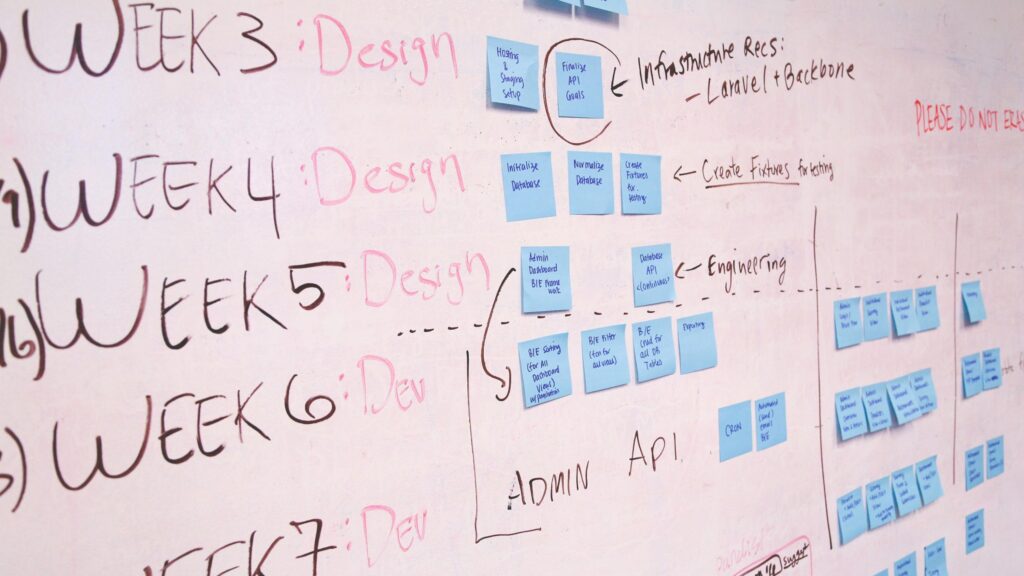Delivering successful projects is never easy. In today’s fast-changing world, systems engineering and project management work hand in hand to make it happen. From building factories to launching aircraft, these principles ensure structure and control. In this article, I’ll explain how they support effective project implementation and help organizations turn complex ideas into reliable, real-world results.
What is Project Management?
Project management is the process of planning, organizing, and overseeing the execution of a project to achieve its objectives. In essence, it is about transforming an idea into reality. But here’s the catch: modern projects are more complex than ever before. This is where systems engineering comes in.
Systems engineering ensures that all parts of a project work together seamlessly. For example, if you’re building a modern swimming pool, you’re not just constructing walls and filling it with water. You’re integrating filtration systems, lighting, heating, and safety mechanisms into one cohesive system. Without systems engineering, the components might function independently, but the overall system could fail.
The synergy between systems engineering and project management is crucial during project implementation. For example, a new power plant must not only meet energy demands but also comply with environmental regulations and align with community needs. Early compatibility studies, conducted during the concept phase, ensure that the project interacts positively with its surroundings.
Key Principles for Project Implementation
Start with a Clear Objective
Every project begins with a goal. This goal is often outlined in a requirements catalog. For example, when designing a new aircraft, the objective might be to create a fuel-efficient model that operates safely under a range of conditions. At this stage, you’re not defining the aircraft’s configuration but identifying the essential requirements it must meet.
Concept Phase is Critical
During the concept phase, you refine the project’s direction. Take the aviation industry as an example. Engineers create a preliminary system specification that details how the aircraft will meet safety standards, reduce emissions, and optimize fuel consumption. This document serves as a foundation for all subsequent work. The result? A clear roadmap that minimizes misunderstandings and ensures alignment.
Address External Influences Early
Projects don’t exist in isolation. They are open systems influenced by external factors such as politics, ecology, and society. Consider microprocessors. Their introduction not only revolutionized industries but also transformed occupational structures. Addressing these unintended impacts early prevents disruptive surprises later.
Leverage Modern Management Methods
The aviation industry has long been a pioneer in project management. The reliance on matrix organizations demonstrates how effective coordination between departments can lead to groundbreaking achievements. For example, modern passenger aircraft must meet rigorous safety standards while minimizing environmental impact. Achieving such goals requires advanced project management combined with robust systems engineering.
A Practical Business Case: Building a Smart Factory
Imagine a company planning to build a smart factory to enhance production efficiency. The objective is clear: create an automated facility that reduces costs while maintaining high-quality output.
- Define Objectives: The project begins with a requirements catalog. The company specifies goals like automated workflows, energy efficiency, and integration with existing supply chains.
- Conduct Compatibility Studies: Early studies analyze how the factory will interact with its environment. For instance, will the increased energy demand affect local utilities? How will it impact nearby residential areas?
- Develop a Concept: During the concept phase, engineers design a blueprint that integrates robotics, IoT devices, and sustainable energy solutions. They create a preliminary system specification outlining these elements.
- Implement with Precision: Modern project management ensures seamless execution. Teams use agile methodologies to adapt to changes, while systems engineering ensures all components work together. The result? A factory that meets its goals without unforeseen disruptions.
Final Thoughts
Effective project implementation relies on the harmonious blend of systems engineering and project management. By addressing external influences early, leveraging modern methods, and focusing on clear objectives, you can overcome even the most complex challenges. Whether you’re building a smart factory or designing an aircraft, the principles remain the same. Remember, successful projects don’t just happen—they are carefully planned and meticulously executed.
What’s Next?!
Now that you understand how systems engineering supports effective project implementation, it’s time to look at what happens as projects grow more complex. In the next article, I’ll explore Complexity and Growth in Project Management. You’ll learn how to manage expanding project scopes, evolving teams, and changing goals. Click below to continue your learning journey and see how to stay in control as projects grow in size and complexity.
Credits: Photo by Startup Stock Photos from Pexels
| Read more about Jira |
|---|
| Exploring the Capabilities of Jira in Project Management Introduction to Issues in Jira Introduction to JIRA Query Language (JQL) Comparison of Confluence & Jira |
| Read mora about draw.io |
|---|
| Import PNG Export JPEG Export WebP Export SVG Export |




